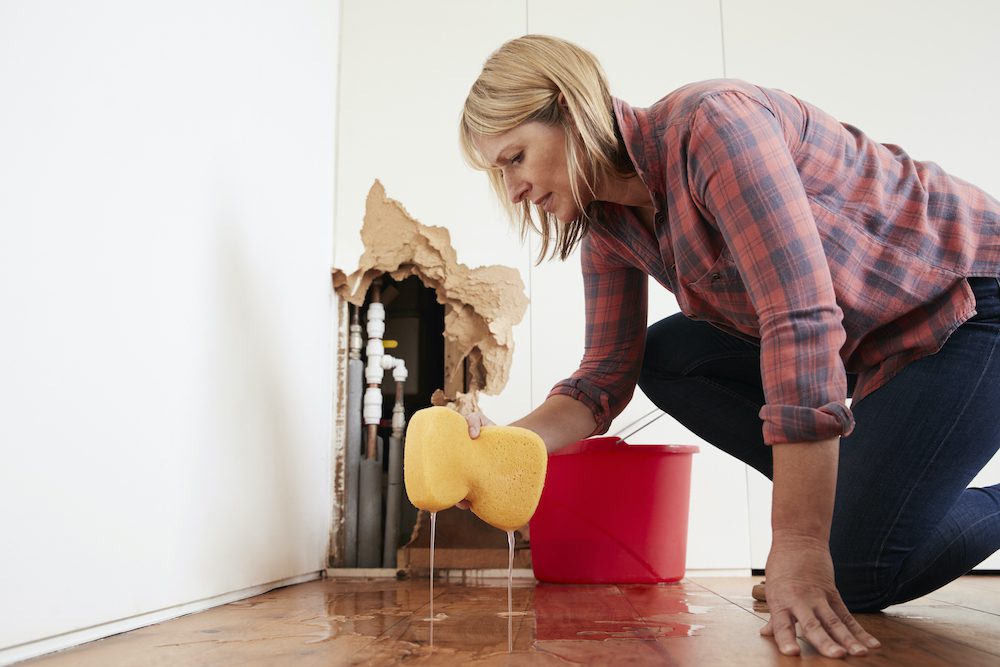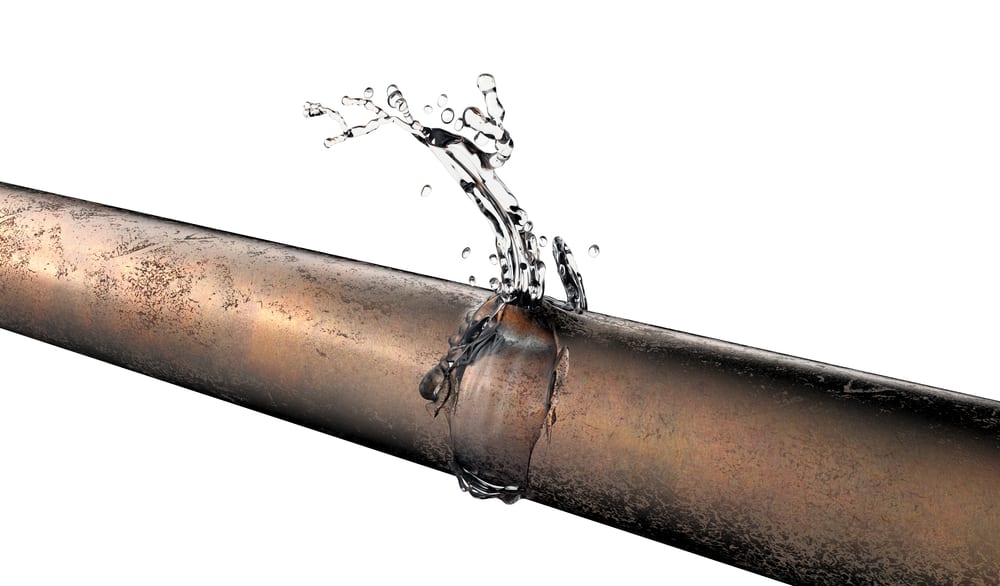The content below relating to Detecting hidden plumbing leaks is exceptionally enjoyable. Give it a try and make your own final thoughts.

Early discovery of dripping water lines can mitigate a prospective disaster. Some tiny water leaks might not be noticeable.
1. Take A Look At the Water Meter
Every home has a water meter. Checking it is a proven way that helps you find leakages. For beginners, switch off all the water resources. Ensure no person will flush, make use of the faucet, shower, run the cleaning device or dishwashing machine. From there, most likely to the meter as well as watch if it will certainly transform. Since no person is utilizing it, there need to be no motions. That suggests a fast-moving leakage if it relocates. Likewise, if you spot no changes, wait a hr or more and check back once again. This means you may have a slow leak that can even be below ground.
2. Inspect Water Intake
If you spot abrupt adjustments, regardless of your usage being the exact same, it suggests that you have leaks in your plumbing system. An unexpected spike in your bill shows a fast-moving leak.
On the other hand, a steady rise on a monthly basis, even with the same behaviors, shows you have a slow-moving leak that's additionally gradually intensifying. Call a plumber to completely inspect your residential or commercial property, especially if you feel a cozy area on your floor with piping beneath.
3. Do a Food Coloring Test
When it comes to water intake, 30% comes from toilets. If the shade in some way infiltrates your dish throughout that time without flushing, there's a leak in between the container as well as dish.
4. Asses Exterior Lines
Don't forget to check your outside water lines as well. Ought to water leak out of the connection, you have a loose rubber gasket. One small leakage can lose lots of water and also surge your water expense.
5. Evaluate the circumstance and check
Home owners should make it a practice to inspect under the sink counters and also inside cupboards for any bad odor or mold development. These two red flags indicate a leakage so prompt attention is required. Doing routine evaluations, even bi-annually, can conserve you from a significant issue.
Inspect for discolorations as well as compromising as many pipelines and also devices have a life span. If you think leaking water lines in your plumbing system, do not wait for it to rise.
Early detection of dripping water lines can alleviate a prospective calamity. Some tiny water leakages might not be visible. Examining it is a proven means that assists you find leakages. One small leakage can throw away bunches of water as well as spike your water expense.
If you presume dripping water lines in your plumbing system, don't wait for it to rise.
How to Know If Your Home Has a Hidden Leak
Water Meter Reveals Inexplicable Water Usage
If you’d like to test whether or not there’s a leak somewhere in your home, you can do this using your water meter. Here is how to conduct the test:
Don’t use any water in your home for at least 30 minutes; this also means not turning on faucets or water-using appliances.
Go outside, and check your water meter for activity.
If your water meter shows that there was activity, even though no one was using any water, this proves that there is a leak in your home.Visible Mold or Mildew Growth
Leaks behind walls create moist, dark environments that allow mold and mildew to grow and thrive. Eventually, you might see mold growth forming on the wall closest to a hidden leak.
If mold is growing in an area that receives a high amount of moisture, such as a bathroom, it may simply be an indication that better ventilation is needed. However, if you see mold growth on a wall or the ceiling in an area where you would not expect, you probably have a hidden leak.
Musty, Mildew Odor
Sometimes you might not be able to see the mold or mildew that is growing as a result of a leak. However, the smell can give the problem away just as easily. If you catch a whiff of something musty, there’s a good chance that old water is collecting somewhere in your home that you can’t see.
Stained/Warped Walls, Ceilings, or Floors
When your home soaks up water, a variety of red flags can become visible, including ceiling stains, bubbling drywall, warped walls, and sagging floors. While these issues can be caused by excess humidity, they can also be signs that a pipe or plumbing connection has started leaking behind your walls.
Inexplicably High Water Bill
After a while, you get a general sense for what your water bill should be. If you own a pool or sprinkler system, your bill will tend to be higher during summer. However, if you receive a water bill that seems especially high, and you can’t figure out what caused it, then you may have a hidden leak somewhere that’s increasing your bill.
https://www.plumbingjoint.com/blog/2019/july/how-to-know-if-your-home-has-a-hidden-leak/

We had been made aware of that editorial on Locating water leaks from a good friend on our other blog. Are you aware of somebody who is fascinated with the subject? Take a moment to share it. I praise you for your time. Visit again soon.
Prompt service? Call here.